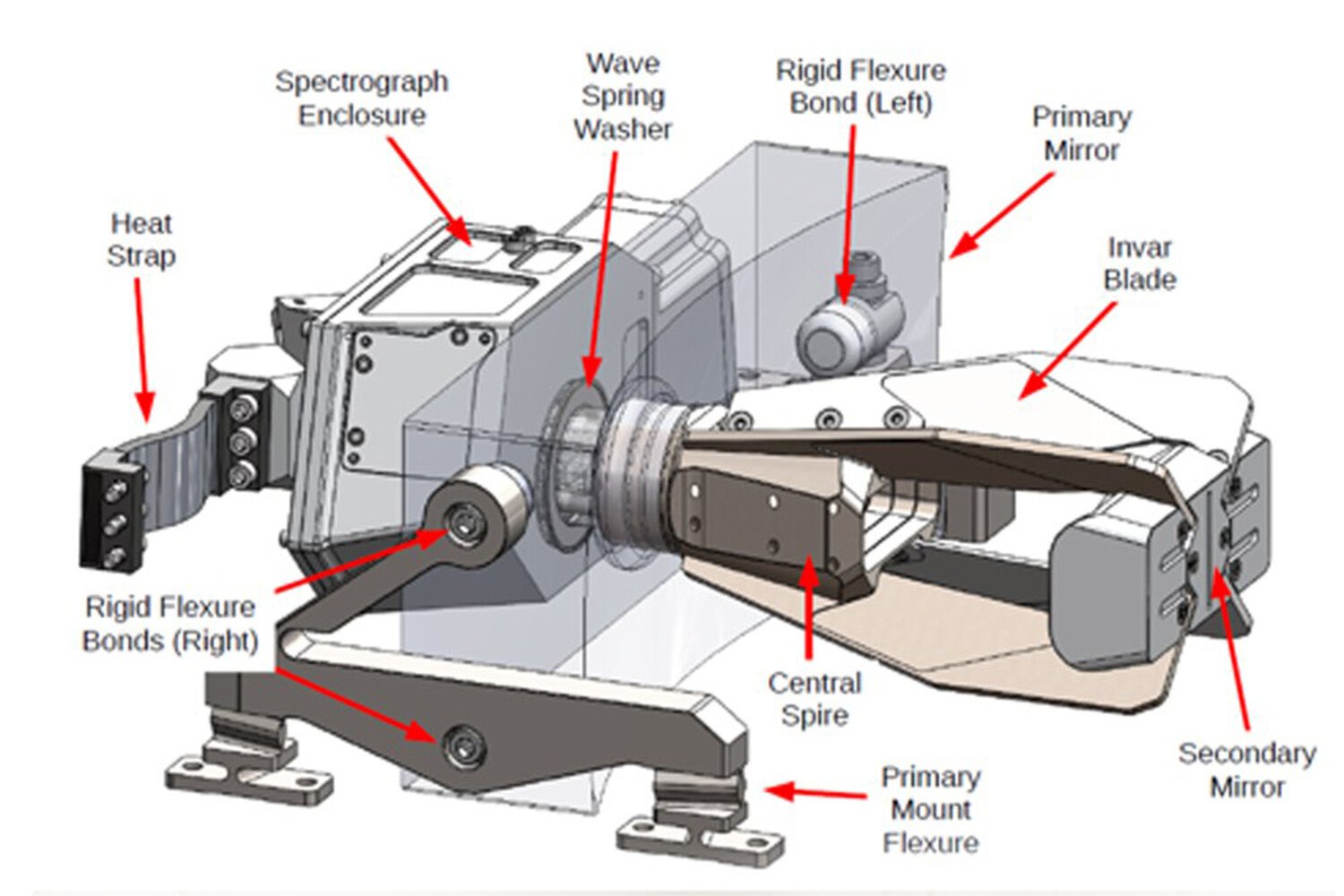
CUTE small probe studies most dangerous planets: Why is it important?
American astronomers from the University of Colorado in Boulder have, for the first time, obtained accurate information about atmospheric processes on "hot Jupiters," thanks to the small space probe CUTE launched in 2021. The research has been published in The Astronomical Journal.
The CUTE mission, which stands for "Colorado Ultraviolet Transit Experiment," is designed to study planets that are inhospitable to life, so far known to humanity.
The CUTE probe is a compact device about 35 centimeters long, equipped with an ultraviolet (UV) telescope. It observes distant planets as they pass in front of their stars, causing the UV radiation from these celestial bodies to dim. In some cases, the spacecraft is so precise that it can detect when the starlight dims by just 1%.

Hot Jupiters are gas giants similar to Jupiter in our solar system, but they may be hotter than the Sun.
For instance, the CUTE instrument was able to study the planet WASP-189b, located more than 300 light-years from Earth in the constellation Libra. The temperature of this celestial body exceeded 8300°C, which is approximately 2800°C hotter than our star. CUTE observations also revealed that gas is escaping from the depths of WASP-189b at a rate of about 400,000 tons per second.
The CUTE team has already observed seven hot Jupiters, and more planets of this class are expected to be discovered in the near future. Scientists hope that these observations will help them understand why some planets lose their atmospheres while others maintain them in nearly unchanged form. This knowledge could be valuable within our own solar system. In particular, astronomers believe that Mars once had a dense atmosphere, but over billions of years, the Sun destroyed it through its influence.
- Related News
- Wheel of Death: new method will help astronauts stay fit in low gravity
- Due to anomalies of Orion spacecraft, lunar exploration program may be delayed for years։ NASA
- TAO Observatory: World's highest telescope to study evolution of galaxies and exoplanets
- Powerful M9.5 solar flare causes radio blackout in Pacific Ocean
- What will happen to the Earth if the Moon disappears?
- Key to conquering the Red Planet: Why is NASA studying solar storms on Mars?
- Most read
month
week
day
- Digital Julfa Network is launching a pan-Armenian centre in the metaverse, on the Fastexverse virtual platform 897
- Sparkles: Boston Dynamics unveils a furry robot dog that can dance (video) 789
- Xiaomi unveils exclusive Redmi Note 13 Pro+ dedicated to Messi and Argentina national team 763
- Is there a ninth planet in the solar system? Scientists find new evidence 668
- Smartphone catches fire in child's hand in Russia 654
- What will happen to the Earth if the Moon disappears? 642
- How to understand how protected a smartphone is from water and dust? 629
- World's largest 3D printer was created in USL It prints 29 meter-long structures 619
- iPhone 16 may get colored matte glass back panel, 7 colors 608
- New iPad Pro to receive M4 chip and to be more powerful than Apple computers 605
- Archive
